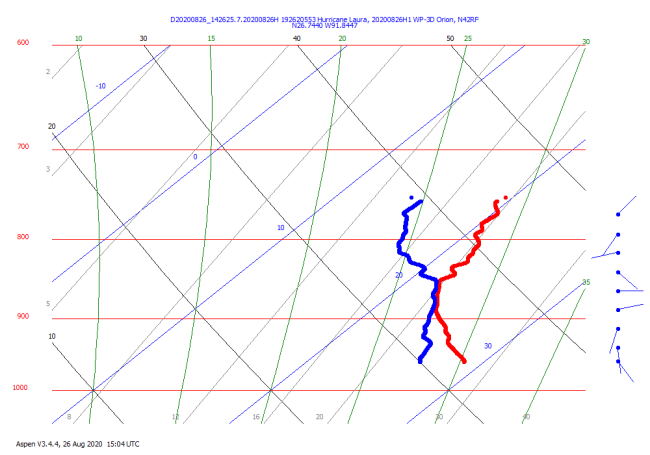Envisioning the Future FACETs: Evaluating and Defining the FACETs Program
In response to the Office of Oceanic and Atmospheric Research (OAR) and National Weather Service (NWS) bi-lateral meeting 2021, the WPO Forecasting A Continuum of Environmental Threats (FACETs) Program funded a project to assess the current program and plan for a future iteration of the program.





